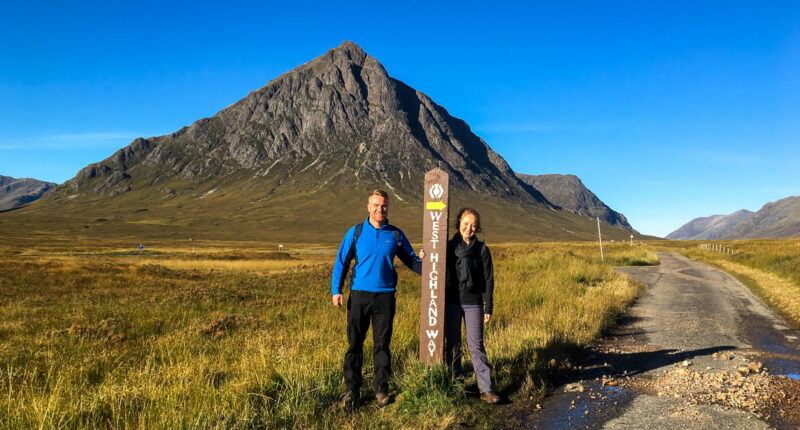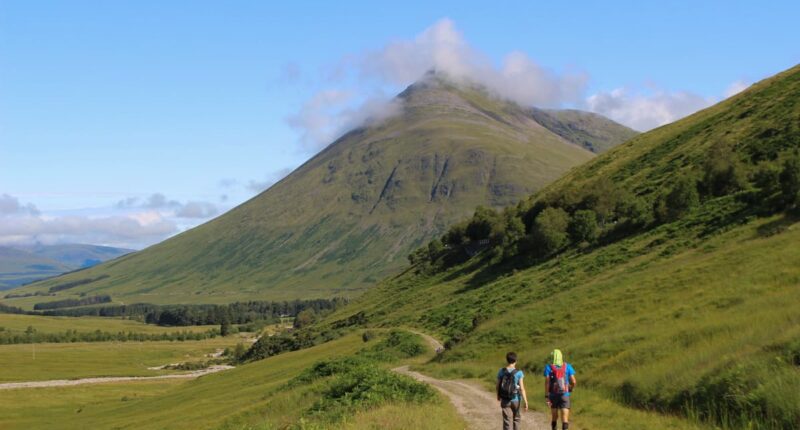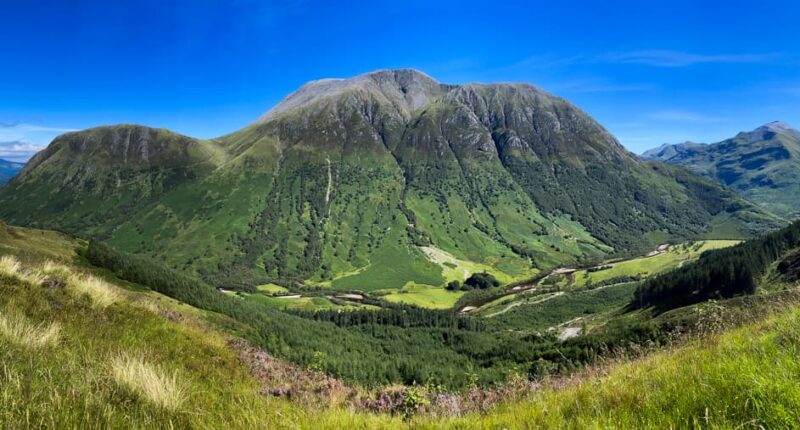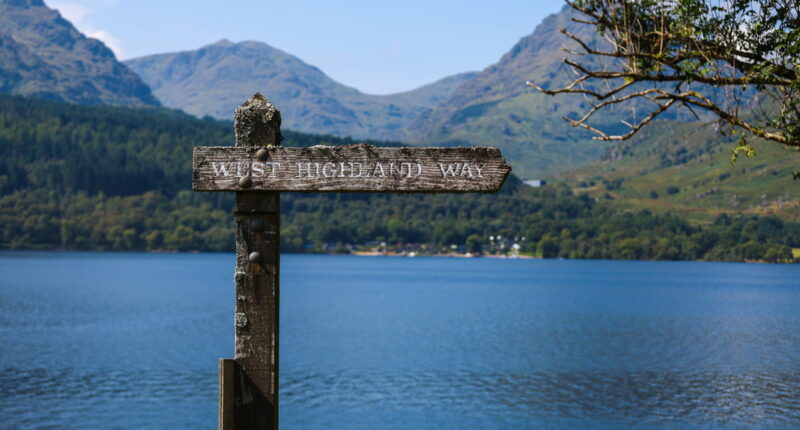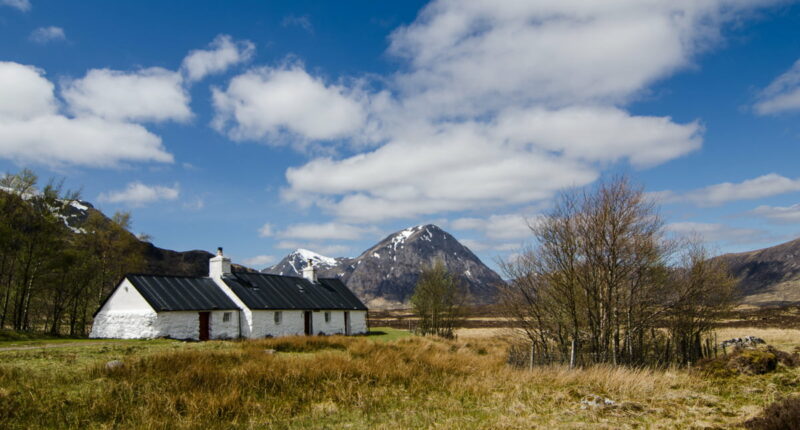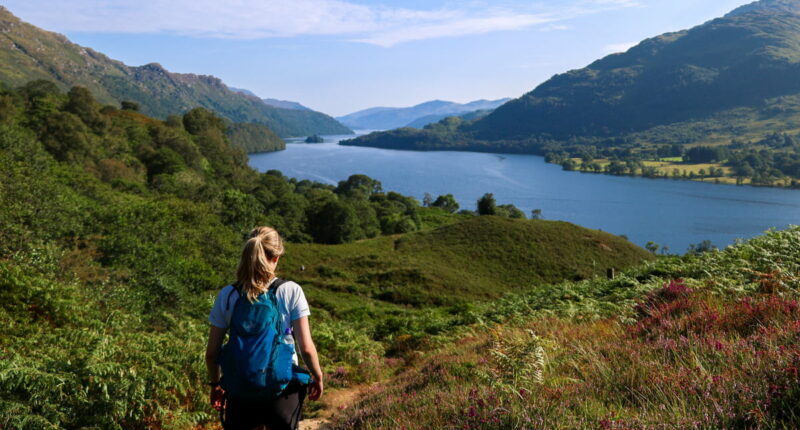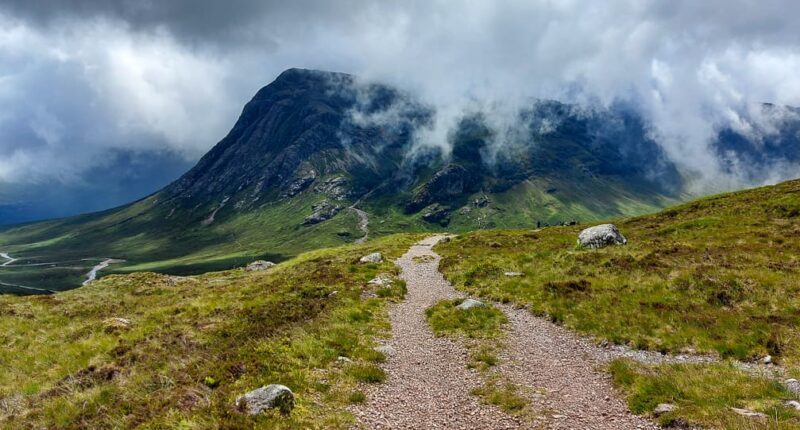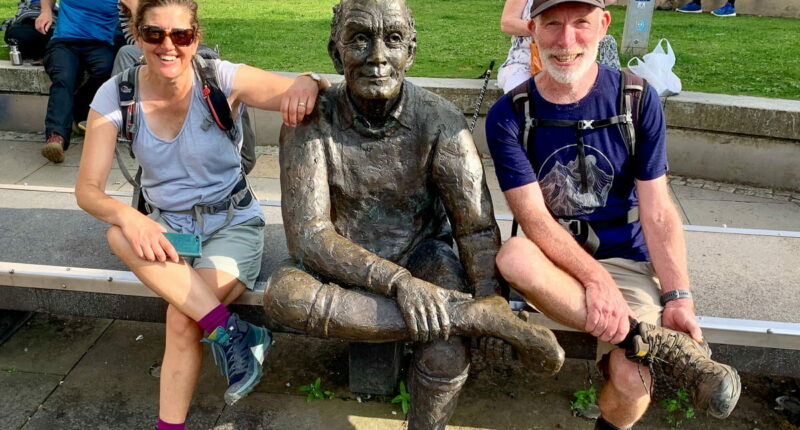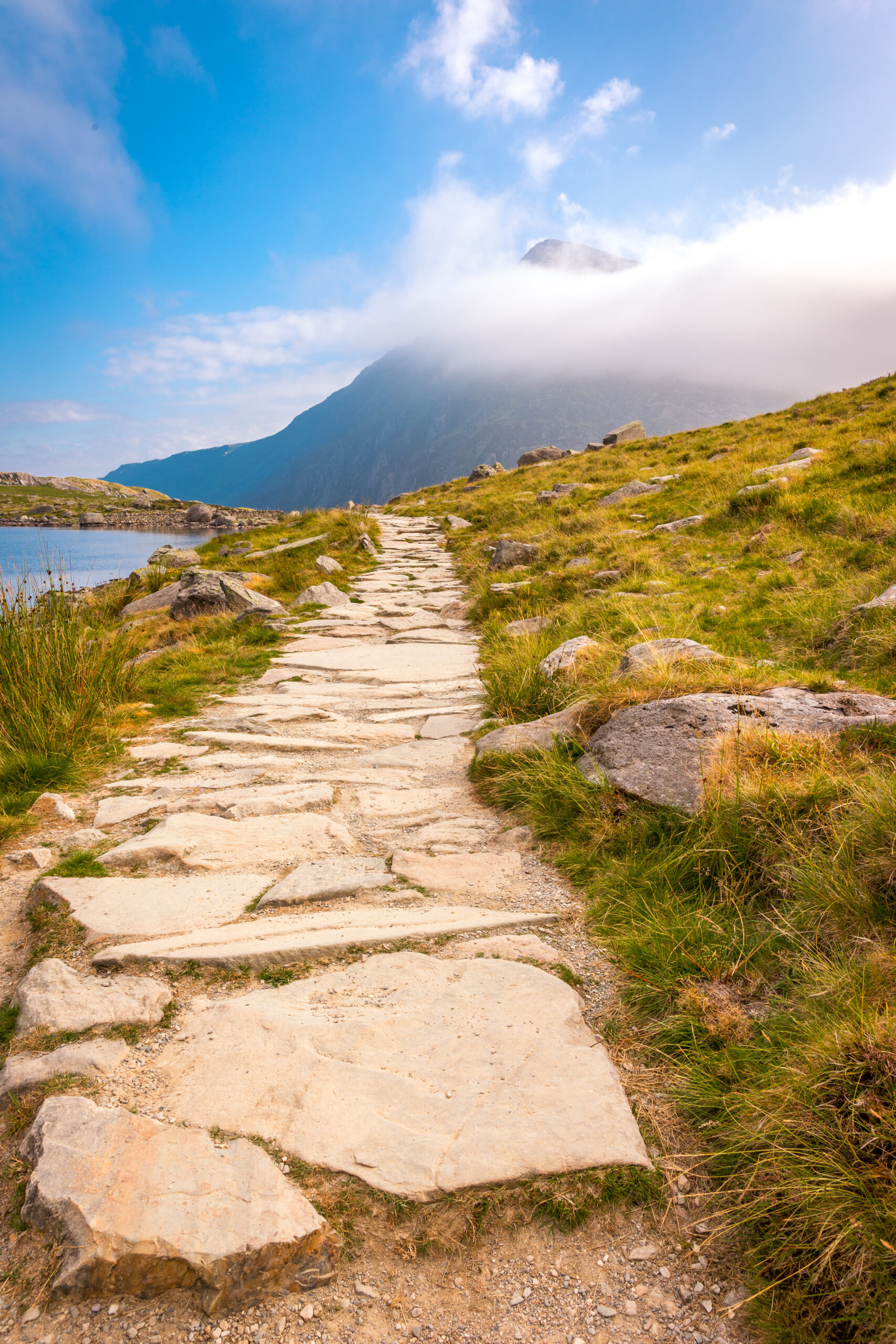Through the Lens: A Photographer’s Guide to the West Highland Way
Our Senior Travel Specialist, Zoe, not only knows Scotland’s walking trails inside out – she also has a real eye for capturing the magic along the way.
On her recent research trip on the West Highland Way, she returned with a collection of stunning photographs from this legendary route. Read on for her tips and insights, as she guides you along the trail through the lens of an enthusiastic amateur photographer.
The West Highland Way is recognised as one of the world’s great long-distance walking trails, and with good reason. Stretching 96 miles from Milngavie to Fort William, it takes you on a beautifully varied journey from the gentle Lowlands to the dramatic Highlands, offering an unforgettable introduction to Scotland’s rich and diverse landscapes.
For photographers – whether you’re just starting out or honing your skills – the trail is a constant source of inspiration. From quiet lochside reflections to sweeping moorland and towering mountains, the ever-changing scenery provides endless opportunities to capture Scotland’s natural beauty.
Rural Stirlingshire
The first part of the West Highland Way, starting in Milngavie, may be considered the least dramatic, but it’s the perfect introduction to the trail. Leaving the suburbs behind, you wander through peaceful woodland, farmland, and open countryside, finding your stride on easy paths.
It is unlikely you will walk this section alone, so when looking for a creative shot, why not make the most of the other walkers? These distant figures can create a wonderful sense of scale, particularly with Dumgoyne, the distinctive western peak of the Campsie Fells, looming behind.
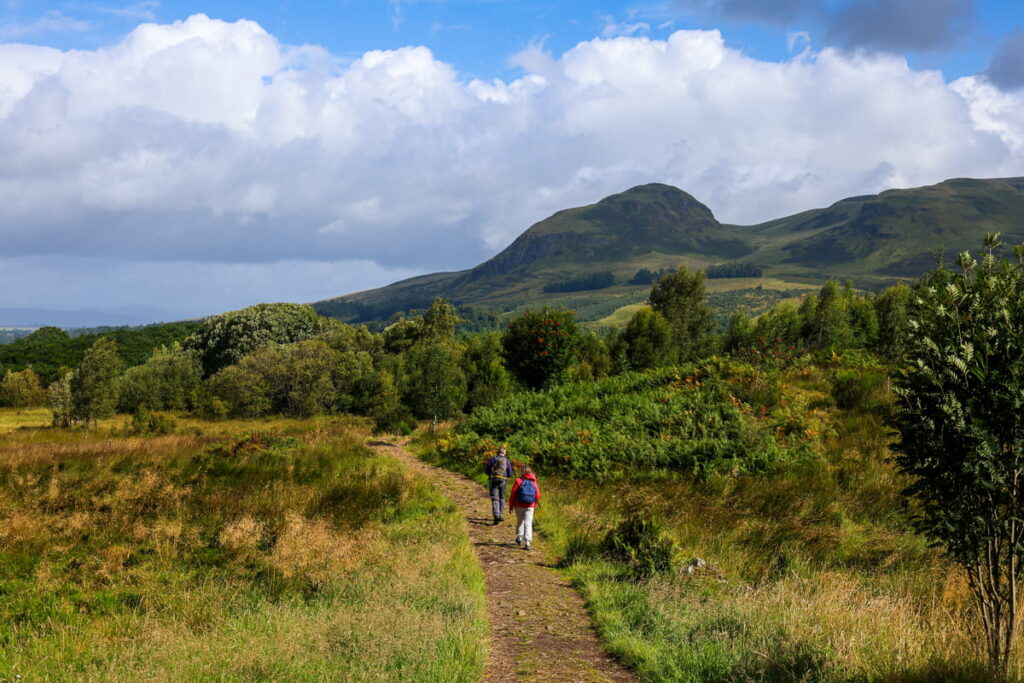
Conic Hill
Conic Hill is one of the busiest spots on the trail, but with a zoom lens, you can cut through the crowds and focus on the beautiful details of the loch and surrounding hills, creating images that feel peaceful even in a popular place.
Alternatively, you can embrace the people around you. Walkers on the path or gathered on the summit can add scale, context, and a lovely sense of shared adventure.
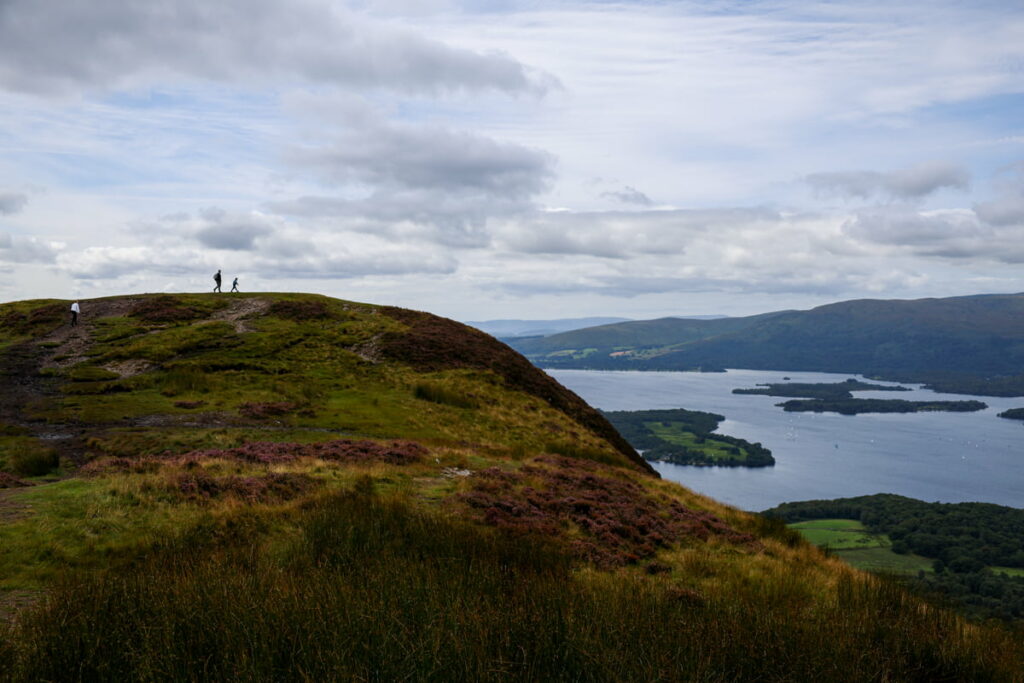

Loch Lomond
The stretch of the trail along Loch Lomond is all about water and woodland. The path weaves along the loch’s edge, with trees creating natural frames for your photos.
Try using branches or gaps in the forest to draw the eye toward the shimmering water and distant hills, giving your images depth and a sense of discovery.
If you’re lucky enough to pass through on a windless morning, the reflections can be absolutely spectacular.
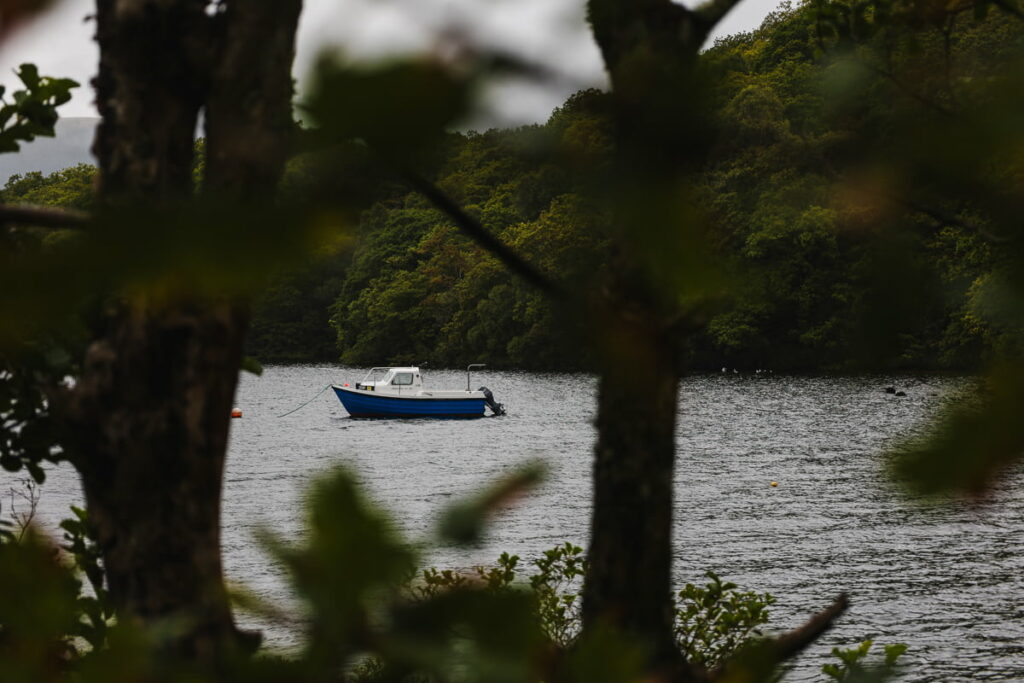
Glen Falloch & Glen Orchy
Leaving the shores of Loch Lomond behind, the theme of the trail shifts from lochs to glens. As the trail climbs away from the water, make sure to turn around and capture the view before it disappears for the last time.
Although Loch Lomond is now behind you, water remains a major feature. Much of this section follows alongside rivers, before skirting around the west end of Loch Tulla.


Rannoch Moor & Glencoe
Without a doubt the moodiest part of the West Highland Way, the trail crosses the vast, eerie expanse of Rannoch Moor before making a dramatic entry into Scotland’s most famous glen – Glencoe.
The gateway to the glen is flanked by Beinn a’ Chrùlaiste to the right and Buachaille Etive Mòr to the left, the unforgettable, pyramid-like peak that dominates the horizon.
Photography opportunities here are endless, so take time to enjoy this stretch with your eyes as well as through your lens.
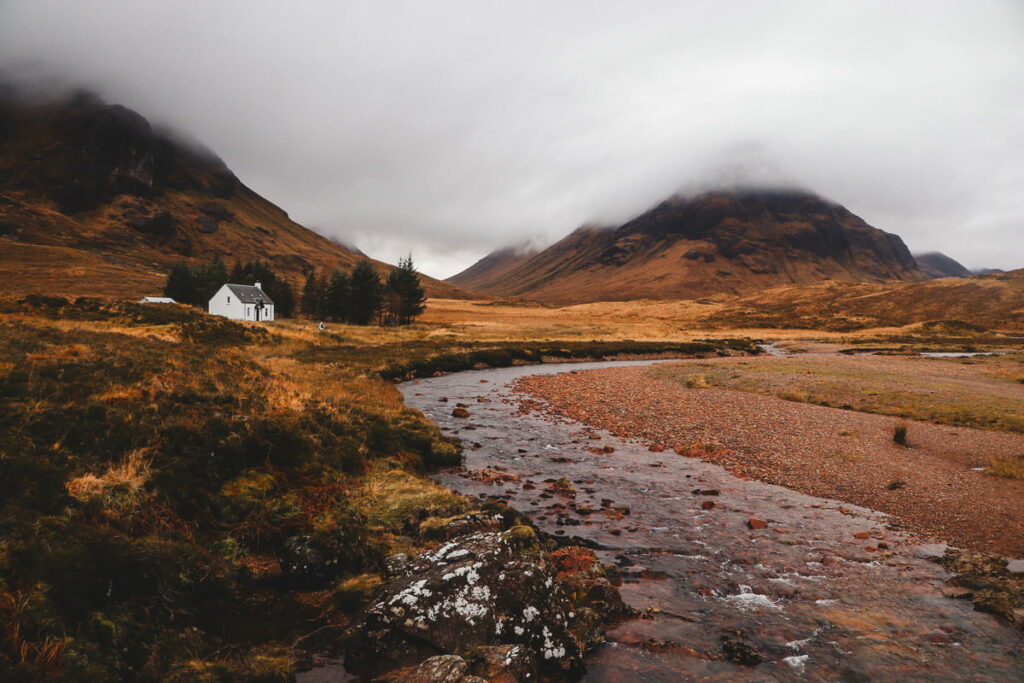
Devil’s Staircase to Kinlochleven
Now deep in the heart of some of Scotland’s finest mountain scenery, the West Highland Way follows the glen before zigzagging its way up the ominously named Devil’s Staircase.
From the top, there are fantastic views back down into Glencoe. This is followed by a long, scenic descent into the Highland village of Kinlochleven.

Kinlochleven to Fort William
The final stage of the trail takes you through remote glens and woodland, with plenty of opportunities to capture light and shadows playing across the hillsides. On this section, you’ll pass Tigh-na-sleubhaich Cottage – a brilliant subject for a moody shot looking ahead along the trail.
As you approach the end of Scotland’s most famous walking route, it feels fitting that Ben Nevis, the country’s highest peak, rises into view.
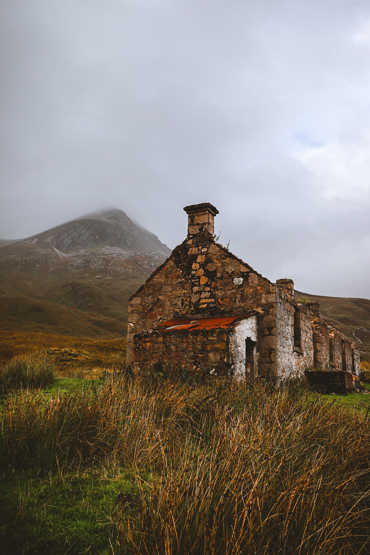

Feeling inspired?
From the rolling hills of Stirlingshire to the dramatic peaks of the Highlands, walking the West Highland Way is an authentic Scottish experience with no shortage of opportunities to capture the perfect shot.
Ready to embark on your own self-guided adventure? Get in touch with our knowledgeable Travel Specialists – we’d love to help you discover Scotland’s most famous walking trail.
Zoe Kirkbride

